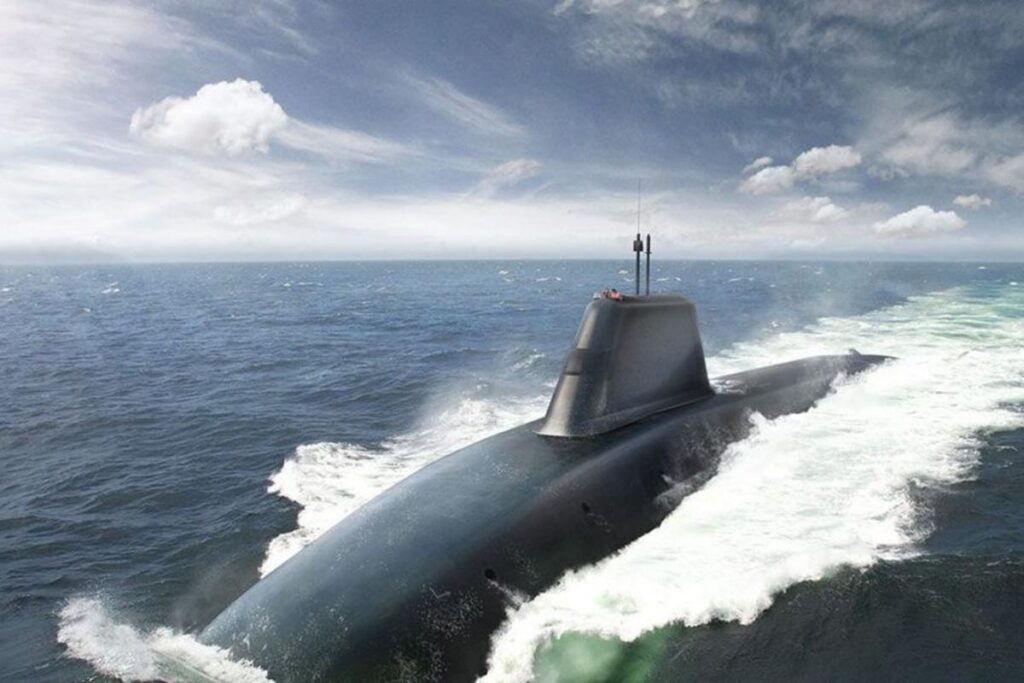This content introduces the topic of submarines in warfare. It highlights the historical development of submarines, from ancient times to the American Civil War, and the advancements made during World Wars I and II. The content also discusses the technology and design of modern submarines, including their propulsion systems and sensors. It explores the role of submarines in warfare, including their offensive capabilities and deterrence potential. The tactics and challenges faced by submarines are also touched upon, emphasizing the importance of stealth and the unique risks submariners face. The content concludes by emphasizing the significant role submarines continue to play in modern naval warfare.
Introduction
Submarines have been an integral part of naval warfare since their inception. These vessels operate beneath the surface of the water, allowing them to remain undetected by enemy forces and conduct covert operations. This article delves into the history, technology, and tactics employed by submarines, shedding light on their role as silent hunters in underwater warfare.
History of Submarines
The concept of a submersible vessel can be traced back to ancient times, with early accounts of submersible boats appearing in texts from Greece, China, and Rome. However, it was not until the 17th century that practical designs and prototypes of submarines started to surface.
The first submarines to be used in warfare were developed during the American Civil War in the 1860s. These early submarines, including the Confederate submarine H.L. Hunley and the Union Army’s USS Alligator, were primarily used for reconnaissance and mine-laying missions.
Submarine technology experienced significant advancements during World War I, with both German and British navies experimenting with these vessels. The famous German U-boats posed a significant threat to Allied shipping, resulting in the implementation of convoy systems for protection. However, it was during World War II that submarines truly proved their effectiveness as war machines.
Technology and Design
Modern submarines are sophisticated machines equipped with advanced technology, allowing them to operate effectively both underwater and on the surface. These vessels are typically composed of various compartments, including crew quarters, engine rooms, weapons bays, and control centers.
One of the critical components of a submarine is its propulsion system, which enables it to navigate and remain submerged for extended periods. Initially powered by diesel engines, modern submarines predominantly rely on nuclear reactors or advanced electric systems for propulsion. This shift has significantly enhanced their underwater endurance and operational capabilities.
Submarines are also equipped with sensors and communication systems that allow them to detect and track enemy vessels while remaining undetected themselves. Sonar systems, periscopes, and advanced imaging technology enable submarines to navigate and engage targets effectively.
Role in Warfare
The primary role of submarines in warfare is to disrupt enemy operations, protect friendly forces, and gather intelligence. These vessels excel in covert operations, utilizing their stealth capabilities to carry out surprise attacks, gather information, or lay mines. Enemy ships, aircraft carriers, and even coastal installations can be targeted by submarines, and their potential impact makes them a formidable force on the battlefield.
In addition to offensive capabilities, submarines also play a crucial role in deterrence. Countries with nuclear-powered submarines armed with ballistic missiles possess an exceptional second-strike capability. These subs act as a potent deterrent against potential aggressors, as their ability to strike underwater commands respect and caution.
Tactics and Challenges
Submarines employ various tactics to remain hidden and strike their targets effectively. They often rely on stealth, hiding in the depths of oceans, staying quiet to avoid detection and using advantageous positions to deliver surprise attacks. Submarines can also launch torpedoes at enemy ships, sneak near coastlines to launch cruise missiles, or deploy special forces for reconnaissance missions.
However, underwater warfare presents several unique challenges. Submariners must endure long periods of limited communication and isolation, facing potential risks like depth charges, mines, and torpedoes. Being underwater also restricts their ability to gather real-time intelligence or maintain continuous surveillance, necessitating careful planning and coordination.
Conclusion
Submarines, the silent hunters of the seas, have become an indispensible asset in modern naval warfare. Their stealthy nature and evolving technology make them a formidable force capable of altering the course of conflicts on both tactical and strategic levels. As underwater warfare continues to evolve, submarines will undoubtedly play an even more significant role in ensuring peace and security in the depths of the world’s oceans.
